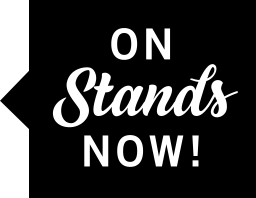“I don’t want to be a daguerreotype,” photographer Amy James laments. She is explaining her struggle with an increasingly digital world. Referring to the first known photographic process, she feels like people are forgetting about the art and science of developing film when it’s so easy for anyone with a point-and-shoot camera to click away.
James photographs people. In black and white. On film. Only. Now, don’t get her wrong. James knows there is a place for digital, like documentary wedding photography and photojournalism.
“I’m not looking down on digital photographers; I just personally don’t want to sit at my computer to make art,” she says. She has a point. No one really knows exactly how long a digital print will last. The old sepia photographs of her grandparents are still as resilient as ever. “It scares me that this new art form might not be worth my time and effort,” she says.







